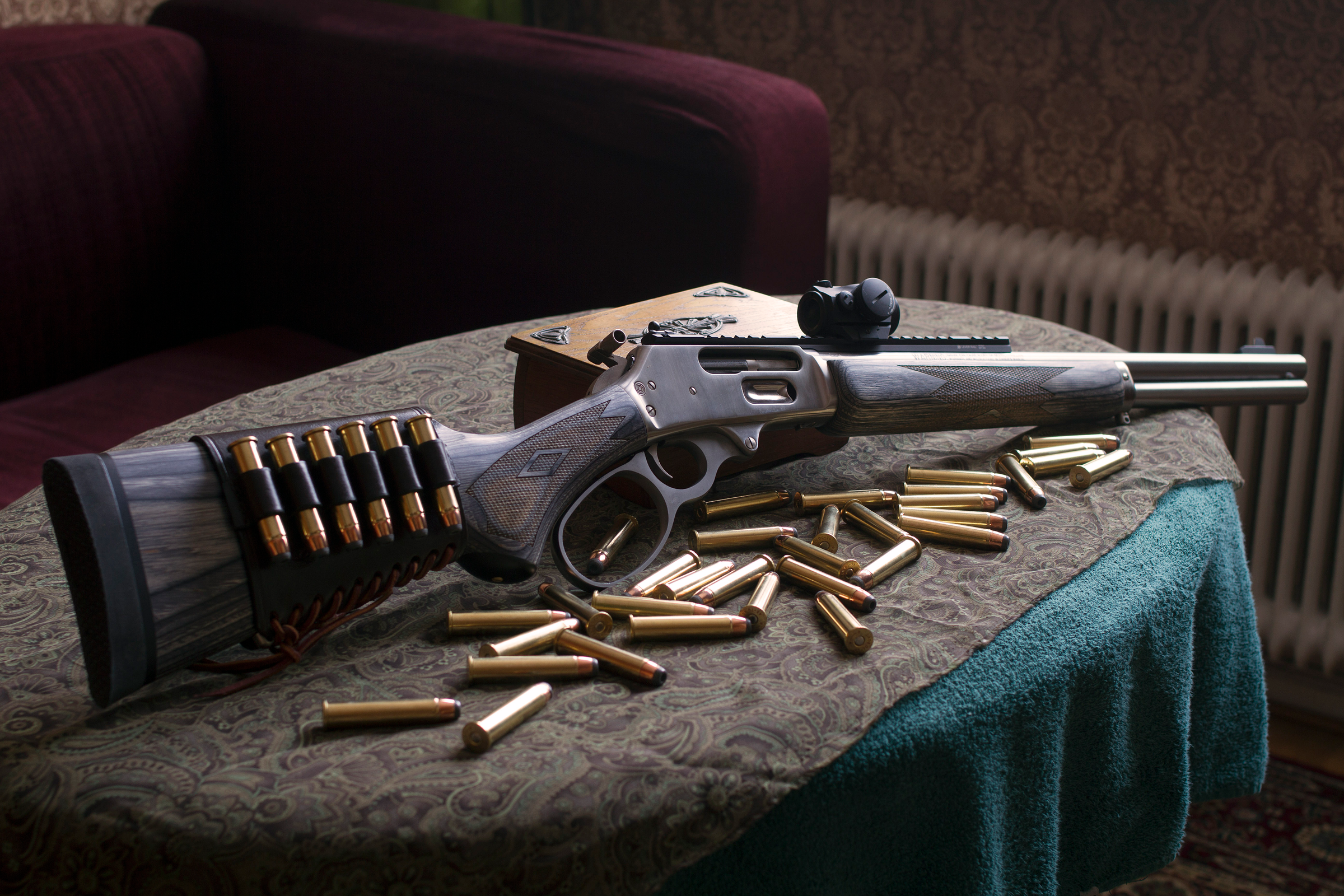Fishing is not just a hobby; for many, it's a way of life. And any angler will tell you that an organized tackle box is the key to a successful and enjoyable fishing experience. If you find yourself spending more time searching for the right lure than actually fishing, it's time to revamp your tackle box organization. In this article, we'll explore DIY tackle box organization hacks that will not only save you time but also enhance your overall fishing experience.
DIY tackle box organization hacks for anglers
1. Evaluate your tackle inventory. Before diving into organization hacks, take a close look at your tackle collection. Discard any damaged or rusty lures, and categorize your remaining gear. This initial step sets the foundation for an efficient organization system.
2. Create a zone system. Divide your tackle box into zones based on the type of fishing you do. For example, dedicate one section to bass fishing, another to trout, and so on. This way, you can quickly locate the right gear for your target species.
3. Utilize plastic containers. Small, transparent plastic containers are your best friends when it comes to tackle organization. Use them to store hooks, weights, and smaller lures. This prevents them from getting entangled and makes them easily visible.
4. DIY leader dispenser. Avoid the hassle of untangling leaders by creating a simple DIY leader dispenser. Use an old plastic water bottle, cut a slot in the side, and thread your leaders through it. This keeps them organized and tangle-free.
5. Color code your lures. Give each type of lure a specific color code using nail polish or colored tape. This quick visual cue saves time when selecting the right lure for the conditions, especially in low light.
6. PVC pipe rod holders. If your tackle box includes space for rods, use PVC pipes as holders. Attach short sections of PVC pipes to the inside of the box lid to secure your rods in an organized manner.
7. Binder for soft plastics. Soft plastic baits can get messy quickly. Use a binder with plastic sleeves to organize and categorize your soft plastics. This makes it easy to flip through and find the right bait.
8. Tension rod for larger lures. For larger lures that don't fit well in standard tackle boxes, install a tension rod. This simple addition creates a separate compartment for larger lures, preventing them from taking up space and causing chaos.
9. Tool holder lid. Maximize space by using the inside of the tackle box lid. Attach a magnetic strip to hold metal tools like pliers and scissors. This keeps essential tools within reach without cluttering the main compartment.
10. DIY tacklebox labels. Create personalized labels for each compartment in your tackle box. Whether you use a label maker or handwrite them, clear labels make it easy to locate specific items at a glance.
11. Portable spool holder. Don't let loose fishing line add to the disarray. Use an old DVD case to create a portable spool holder. This ensures your lines stay untangled and ready for action.
12. Emergency repair kit. Dedicate a small compartment for an emergency repair kit. Include items like extra hooks, a multi-tool, and spare parts. This compartment comes in handy when you need quick fixes on the water.
13. Dry erase board checklist. Attach a small dry erase board to your tackle box. Create a checklist of essential items to ensure you never forget crucial gear when heading out for a fishing trip.
14. Rotate stock regularly. Fishing conditions change, and so should your tackle selection. Regularly rotate your stock, replacing old lures with new ones suited for the current season and water conditions.
15. Weatherproof your tackle box. To protect your gear from the elements, consider weatherproofing your tackle box. Seal seams with silicone, and use a waterproofing spray to shield your equipment from unexpected rain or splashes.
Conclusion
A well-organized tackle box is a game-changer for any angler. These DIY organization hacks not only save time but also contribute to a more enjoyable fishing experience. Experiment with these tips, customize them to fit your needs, and watch as your tackle box becomes a model of efficiency.
Frequently Asked Questions (FAQs)
-
How often should I reorganize my tackle box?
- It's a good practice to reevaluate and reorganize your tackle box at the beginning of each fishing season.
-
Can I use these organization hacks for a tackle bag instead of a tackle box?
- Absolutely! Many of these hacks are versatile and can be adapted for use in tackle bags as well.
-
What's the best way to prevent rust on fishing hooks?
- Store your hooks in a dry environment and use rust-resistant containers or tackle boxes.
-
Should I organize my tackle box differently for freshwater and saltwater fishing?
- Yes, consider creating separate tackle boxes for freshwater and saltwater fishing to accommodate the different gear needed for each environment.
-
How do I maintain the durability of my tackle box in harsh weather conditions?
- Regularly check for wear and tear, and apply additional waterproofing as needed. Consider storing your tackle box in a cool, dry place when not in use.
























